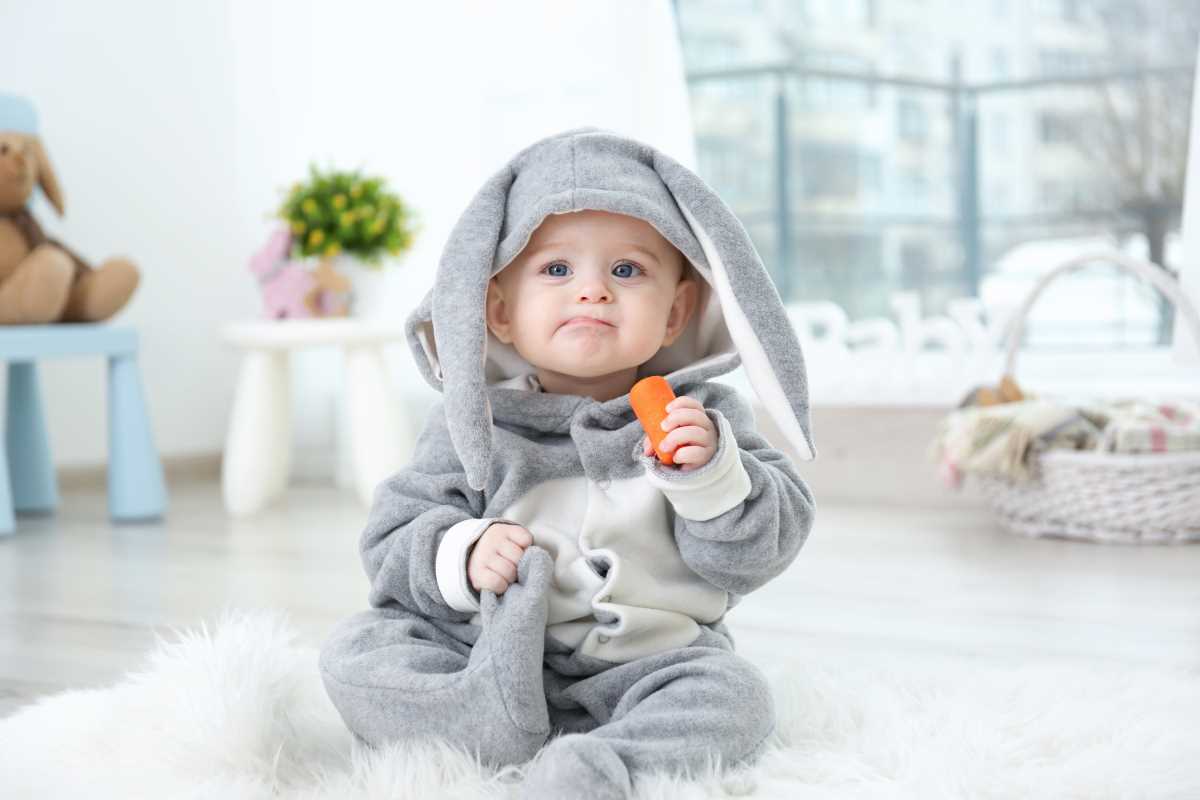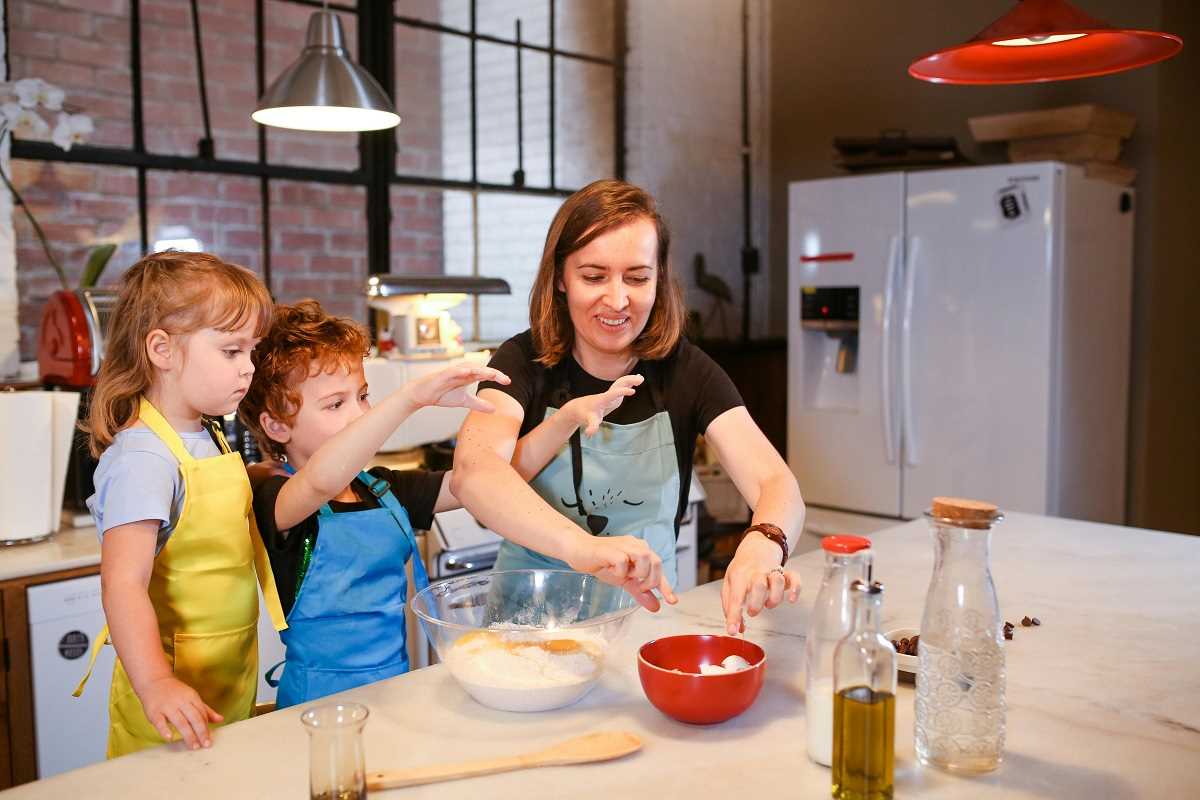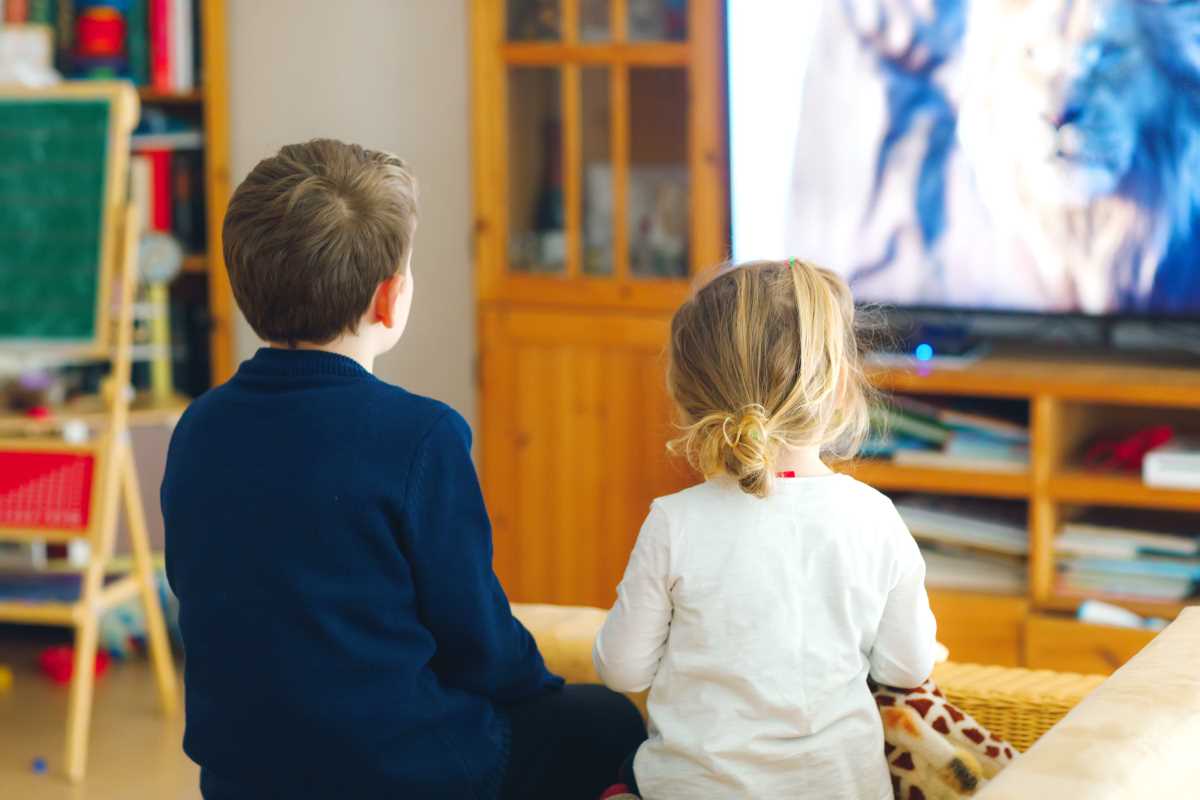As parents, finding engaging and meaningful ways to support your baby's development is a top priority. Sensory play is an excellent way to achieve this, offering a variety of activities that stimulate your baby's senses and promote growth. By incorporating simple sensory play ideas into your daily routine at home, you can create a rich environment that fosters your baby's cognitive, emotional, and physical development.
Sensory play not only provides entertainment but also lays the foundation for important skills such as problem-solving, language acquisition, and social interaction. Whether you’re looking to keep your baby entertained or aiming to support their developmental milestones, sensory activities offer a versatile and effective solution.
Understanding Sensory Play
Sensory play involves activities that engage your baby's senses: sight, sound, touch, taste, and smell. These activities are designed to help your baby explore their environment, learn new skills, and develop their understanding of the world around them. By stimulating these senses, you provide your baby with the necessary tools to process and interpret the information they receive.
During sensory play, babies can experiment with different textures, sounds, and colors, which aids in their overall development. This type of play encourages curiosity and exploration, allowing babies to discover new things in a safe and nurturing environment. Understanding the components of sensory play can help you create activities that are both enjoyable and beneficial for your child's growth.
Simple Sensory Play Ideas
- Water Play: Fill a shallow basin with water and provide cups, funnels, and waterproof toys for your baby to splash and pour.
- Texture Exploration: Create a sensory bin using rice, beans, or pasta, and let your baby explore different textures with their hands.
- Sound Shakers: Fill empty containers with items like rice, beads, or buttons to make homemade shakers that produce various sounds.
- Bubble Fun: Blow bubbles and watch your baby track and try to pop them, which helps with visual tracking and motor skills.
- Smell Jars: Fill jars with different scents like vanilla, citrus, or lavender and let your baby smell each one to identify various odors.
- Safe Painting: Use non-toxic, washable paints and let your baby explore making marks on paper with their hands or fingers.
Everyday Items for Sensory Experiences
- Kitchen Utensils: Items like wooden spoons, measuring cups, and plastic bowls can be used for various sensory activities.
- Towels: Different fabric textures from towels can be used for tactile exploration, encouraging your baby to feel and compare.
- Cardboard Boxes: Large boxes can serve as tunnels or spaceships, providing both tactile and imaginative sensory play opportunities.
- Frozen Items: Freeze toys or small household objects and let your baby explore the cold textures as they thaw.
- Sponges: Cut sponges into different shapes and sizes for a squishy, interactive sensory experience.
- Leaves and Flowers: Collect leaves and flowers for your baby to touch and smell, introducing them to natural sensory elements.
Benefits of Sensory Play
Sensory play offers numerous advantages for your baby's development. According to research from the Cleveland Clinic, engaging in sensory activities helps enhance cognitive growth, improve motor skills, and support emotional regulation. Parents can create an enriching environment that fosters holistic development by providing diverse sensory play ideas.
Moreover, sensory play can aid in language development as babies learn to associate words with different sensory experiences. It also encourages social interaction, especially when multiple children are involved in play, promoting sharing and cooperation. The benefits of sensory play are extensive, making it a crucial component of early childhood development.
Incorporating Sensory Play into Daily Routines
Integrating sensory play into your daily schedule doesn’t have to be time-consuming. Simple adjustments and creative thinking can make sensory activities a natural part of your baby's day. For example, you can introduce water play during bath time by adding different toys or materials like sponges and cups to create a fun and engaging experience.
Meal times can also be turned into sensory opportunities by allowing your baby to explore different food textures and smells under your supervision. Using sensory bins during playtime or incorporating tactile elements into storytime can seamlessly blend sensory play with other daily activities, ensuring your baby consistently benefits from these developmental exercises.
Another effective way to embed sensory play is by establishing specific play zones in your home where your baby can safely explore and interact with various sensory materials. Rotating the activities and items available in these zones can keep the experience fresh and exciting, encouraging continuous exploration and learning.
Sensory play is a powerful tool for fostering your baby's development, providing a range of activities that engage their senses and promote growth. You can create a stimulating environment that supports your baby's cognitive, emotional, and physical milestones by utilizing simple sensory play ideas and everyday household items. Embracing sensory play in your daily routines not only entertains your baby but also lays the groundwork for their lifelong learning and curiosity.







